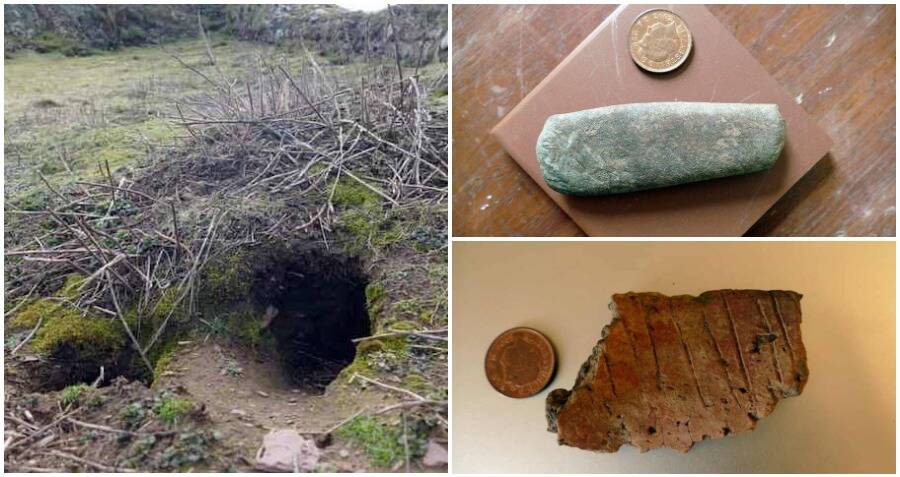Rabbits Dig Up Two 9,000-Year-Old Artifacts from Bronze Age; Guess Where They Found It
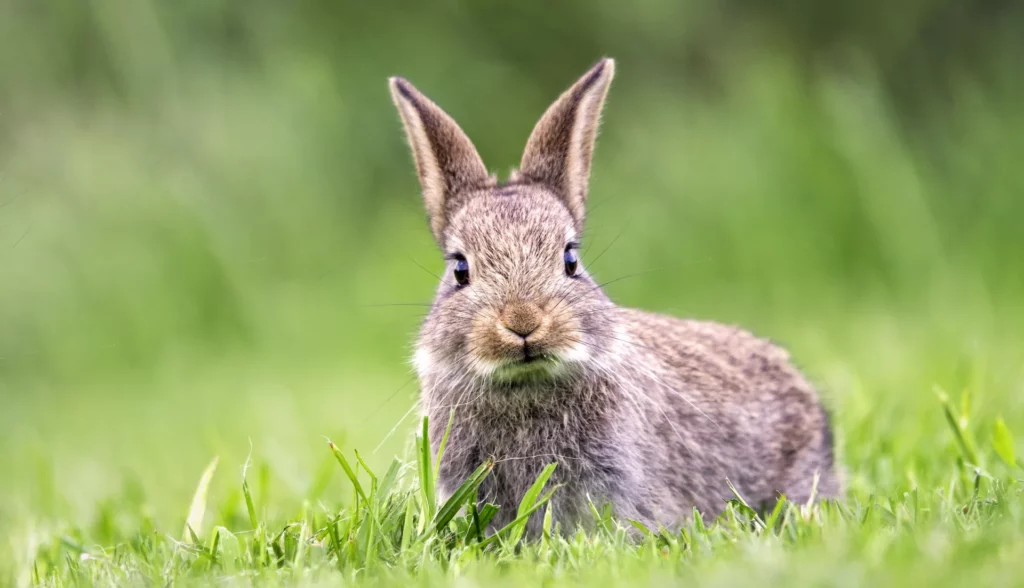
A fluffle of wild rabbits has dug up priceless archaeological treasures on an island off the coast of Wales, in the United Kingdom.
The burrowing bunnies unearthed two artifacts — a 9,000-year-old Stone Age tool and a 3,750-year-old pottery piece, likely from a broken Bronze Age urn, according to the Wildlife Trust of South and West Wales, which manages Skokholm Island, where the objects were found.
Archaeologists have discovered similar artifacts on the U.K.’s mainland, but these new findings are the first of their kind on Skokholm Island, and indicate that humans visited or lived there thousands of years ago, the Wildlife Trust found.
The island, which sits about 2 miles (3.2 kilometers) off the coast of Pembrokeshire, a county in southwest Wales, is known for the tens of thousands of seabirds that nest there in the spring and summer months. Its natural beauty and wildlife have earned it the nickname “Dream Island.”
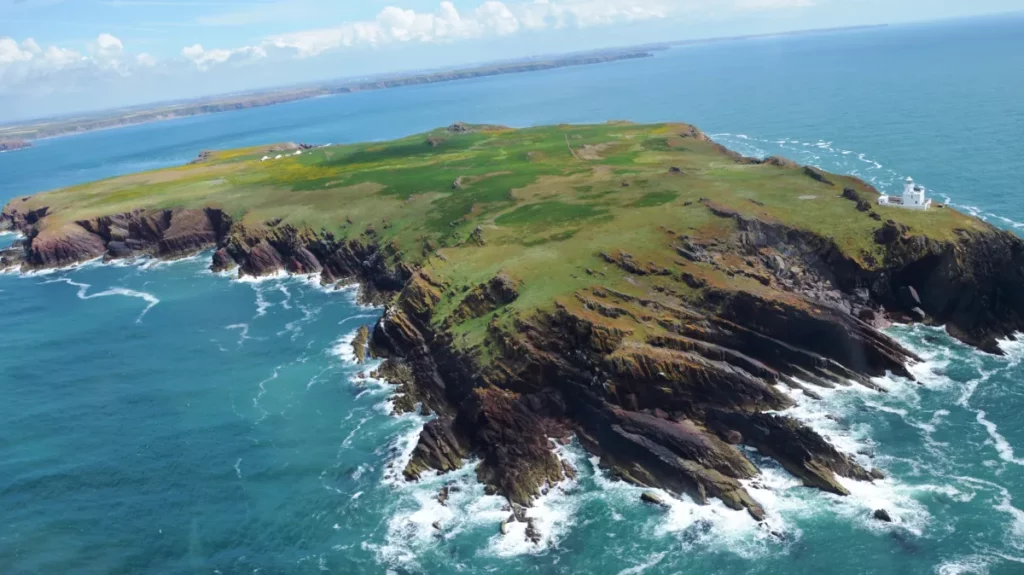
Archaeological findings over the years showed evidence of prehistoric people on this island, but little is known about them. Starting in 1324, Skokholm Island became a rabbit farm for the next 200 years — a common island practice at that time, according to the Wildlife Trust. It seems that some of these rabbits’ descendants did the digging for the latest finds.
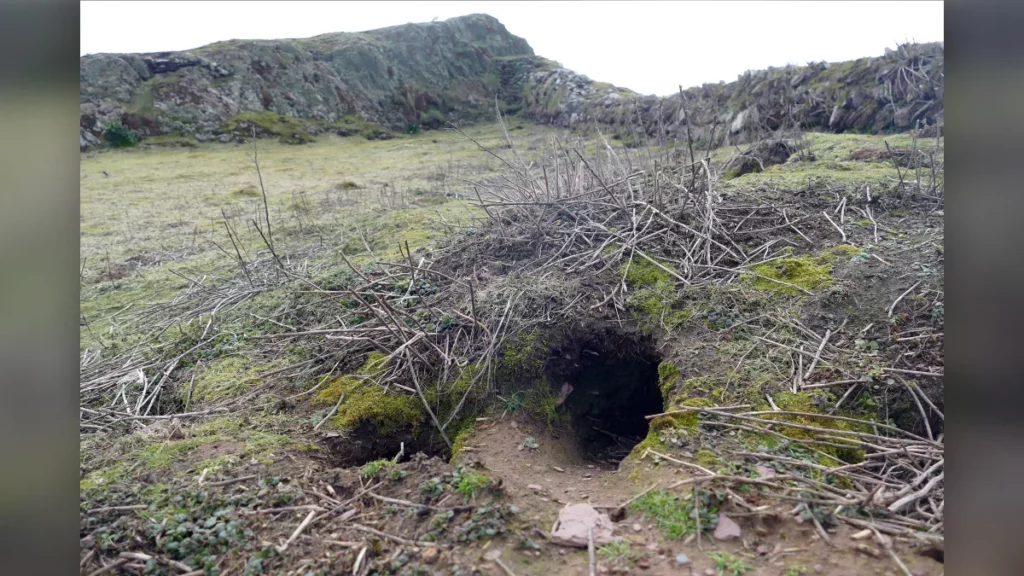
Wardens Richard Brown and Giselle Eagle, who are monitoring the island while it’s on lockdown due to the pandemic, found the smooth, oval-shaped Stone Age artifact first, while they were near a rabbit warren. They described it as “an interesting looking pebble,” in a March 16 blog post.

The duo emailed photos of the pebble to Toby Driver, an archaeologist with the Royal Commission, Wales, who in turn contacted prehistoric stone tool expert Andrew David. As soon as he saw the images, David knew the stone was a significant find.
“The photos were clearly of a late Mesolithic (Middle Stone Age) ‘bevelled pebble,’ a tool thought to have been used in tasks like the preparation of seal hides for making skin-clad watercraft, or for processing foods such as shellfish, among hunter-gatherer communities some 6,000-9,000 years ago,” David wrote in an email to the wardens.
“Although these types of tools are well known on coastal sites on mainland Pembrokeshire and Cornwall, as well as into Scotland and northern France, this is the first example from Skokholm, and the first firm evidence for late Mesolithic occupation on the island,” David added.
Just a few days later, Brown and Eagle found another artifact — a coarse piece of pottery — that rabbits had dug out by the same holes as the previous find. As the wardens wrote in a March 19 blog post, this piece of pottery “to our (very) untrained eyes, looked old.”
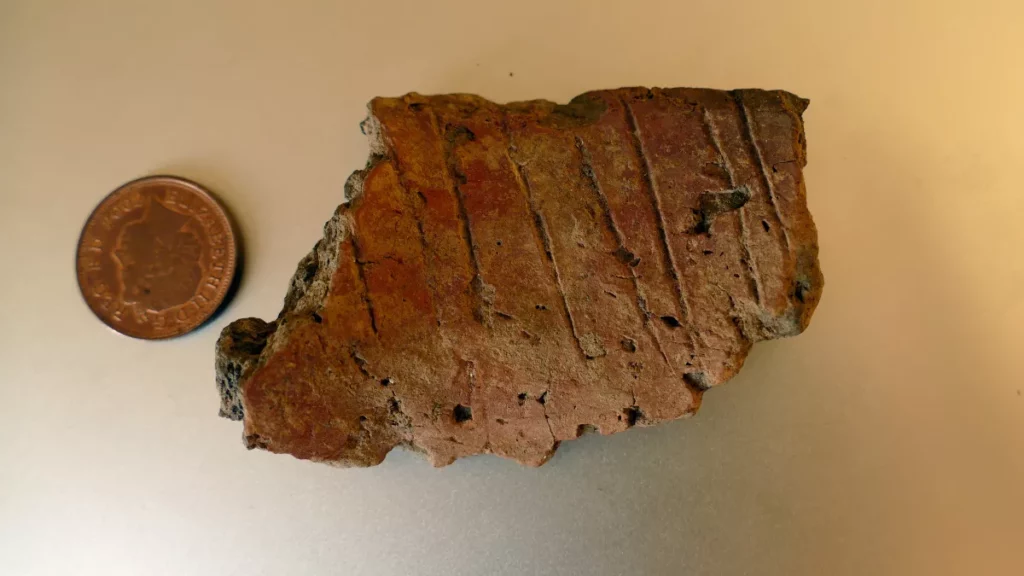
The pottery fragment came from a thick-walled pot that had been decorated with incised lines around its top, Jody Deacon, the curator of prehistoric archaeology at Amgueddfa Cymru — National Museum Wales, told the wardens. This pot was likely an early Bronze Age vase urn, a container associated with cremation burials, Deacon noted.
The pottery fragment dated to between 2100 and 1750 B.C., or about 3,750 years ago, Deacon said.
The dead were often cremated and buried in urns in western Wales at that time, but this is the first evidence of such an urn in Skokholm Island, or any of the western Pembrokeshire islands, Deacon said.
“This is an incredibly exciting discovery,” the wardens wrote in the March 19 blog post. “It is rather mind blowing that for thousands of years, people have returned to this same area, some of them perhaps working at seal skins, perhaps building skin boats, others burying their dead.”
Thanks to these rabbit-assisted finds, the Royal Commission, Wales now plans to undertake archaeological work on Skokholm Island this summer.
“It seems we may have an early Bronze burial mound built over a middle Stone Age hunter-gatherer site, disturbed by rabbits,” Driver said. “It’s a sheltered spot, where the island’s cottage now stands, and has clearly been settled for millennia.”
